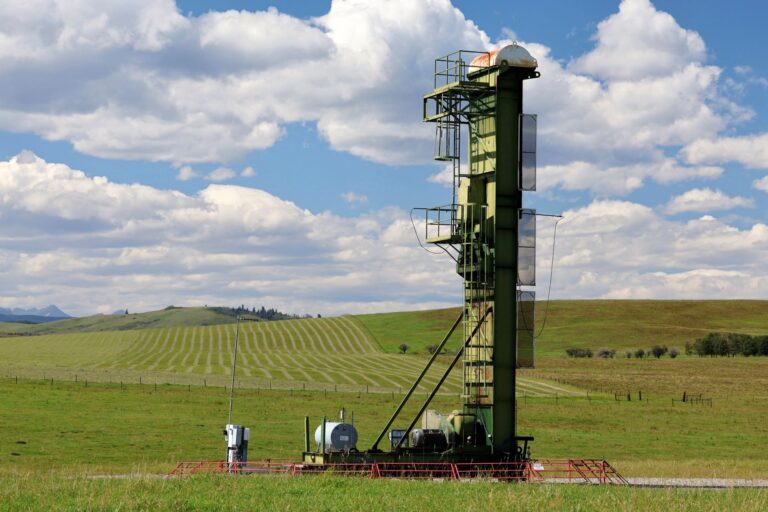As the federal budget noted, industrial carbon pricing can be a powerful engine for climate competitiveness. But unless governments move swiftly to improve existing systems, that engine will stay stuck in neutral.
Here’s a path forward to fix the system.
First, a little context. More than any other policy, industrial carbon pricing systems and the carbon markets they create – where companies can trade emission credits to incentivize emissions reductions – embody the idea of climate competitiveness.
They can drive more emissions reductions than any other policy in Canada’s toolkit. They are the best way to attract private investment in low-carbon projects and they have a negligible impact on household costs.
Take the Pathways carbon capture and storage project in Alberta. Done right, the project could drive big emissions reductions. Yet, Pathways creates a revenue stream for its business only if emissions reductions have value.
A functional carbon market goes a long way toward solving that problem. The credits that companies can sell for cash become a valuable revenue stream for a low-carbon project’s balance sheet, which attracts investors. The alternative is generous subsidies that fiscally constrained governments can’t afford.
The problem with Canada’s underperforming carbon markets
Carbon markets exist in all provinces but some aren’t working well. Credit prices in Alberta and other provinces are low and getting lower. Even worse, confidence in the future of those markets is shot.
For example, the Alberta government’s recent change to TIER (its industrial carbon pricing system) caused credit prices to crash to levels they hadn’t seen for 15 years. That change added to the existing oversupply of credits and reinforced the idea that the rules of the game aren’t stable.
If there’s one thing investors hate, it’s uncertainty.
A price corridor to restore certainty and investment
So what’s the solution? Governments should ensure that credit prices stay within a “price corridor.” Existing systems already have a price ceiling – the headline price on carbon. Adding a minimum price further reduces uncertainty and risk for investors.
Provincial governments are best positioned to establish and maintain a price corridor, while the federal government is best positioned to harmonize provincial approaches.
To create a consistent price corridor while maintaining provincial and territorial flexibility, the federal government should require provinces to maintain a rising minimum credit price in their carbon markets.
It can do so by making a critical change to the federal benchmark, which is the minimum standard it sets for provincial and territorial carbon pricing systems. The minimum price for credits would increase on an annual schedule. Provinces could choose the mechanism that holds the floor and keeps average credit prices over a year aligned above that.
Provinces could do so by some combination of buying credits back and tightening emission reduction requirements for industry. Both approaches would increase demand for credits and decrease the supply of credits. The result would be higher prices and stronger incentives for investment.
How provinces and Ottawa can share the work
This approach makes sense for both industry and government.
It gives industry greater certainty about credit prices but also creates an alternative way to tighten credit markets. Government purchases of credits provide one way to increase demand without increasing costs for firms. That’s a useful lever that complements tightening emissions limits.
Reimagining the future Canadian economy in a changing world
Carbon pricing is not to blame for Canada’s affordability challenges
It gives provinces the flexibility – and the accountability – to manage tradeoffs between costs for industry (from tighter performance standards) and costs for governments (from buying credits back from the market). Provinces can calibrate their systems to bolster credit prices while sharing the costs across firms and industry.
It also gives the federal government a powerful mechanism for reducing emissions and attracting investment, while also leaning into federalism, creating the incentives for provinces to fix their own systems in the way that makes the most sense for them.
A more stable path to emissions reductions and growth
All of that adds up to exactly what this moment requires of Canada: industry and government collaborating to build new projects that can reduce emissions. Creating a stable investment environment to better compete for capital. Catalyzing new investment to reduce emissions and grow the low-carbon economy of the future.
Canada can win the global climate competitiveness race. It’s time to put the engine in gear.












